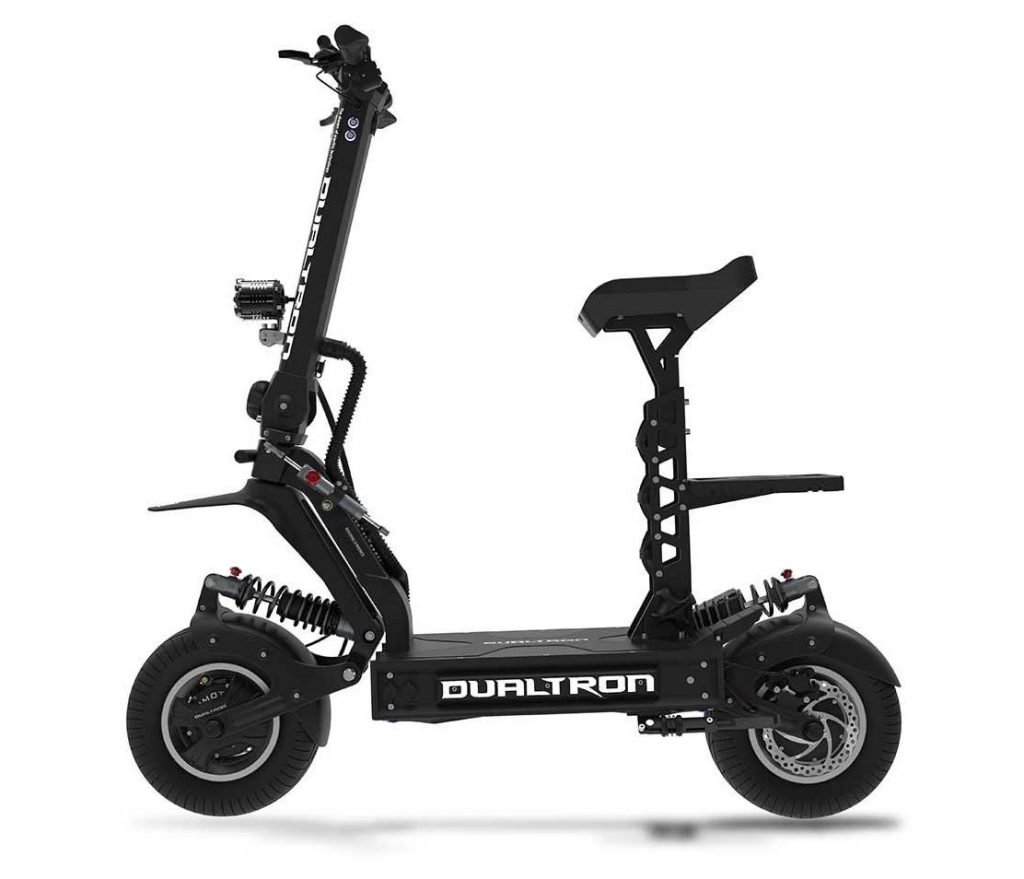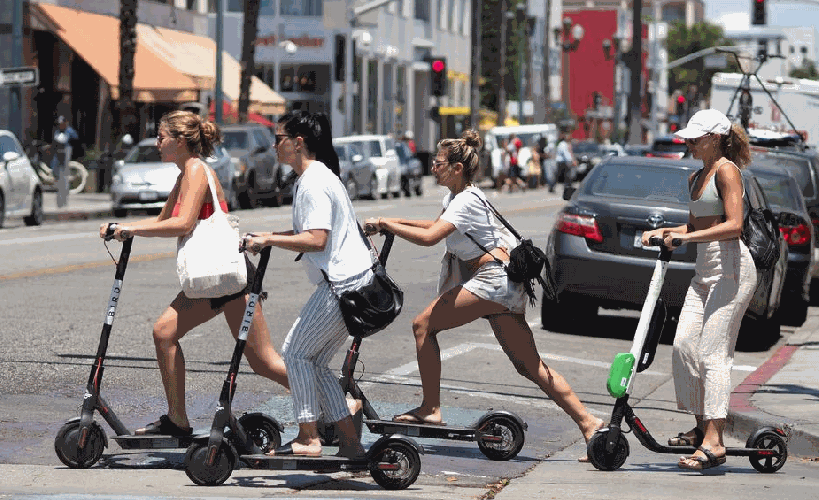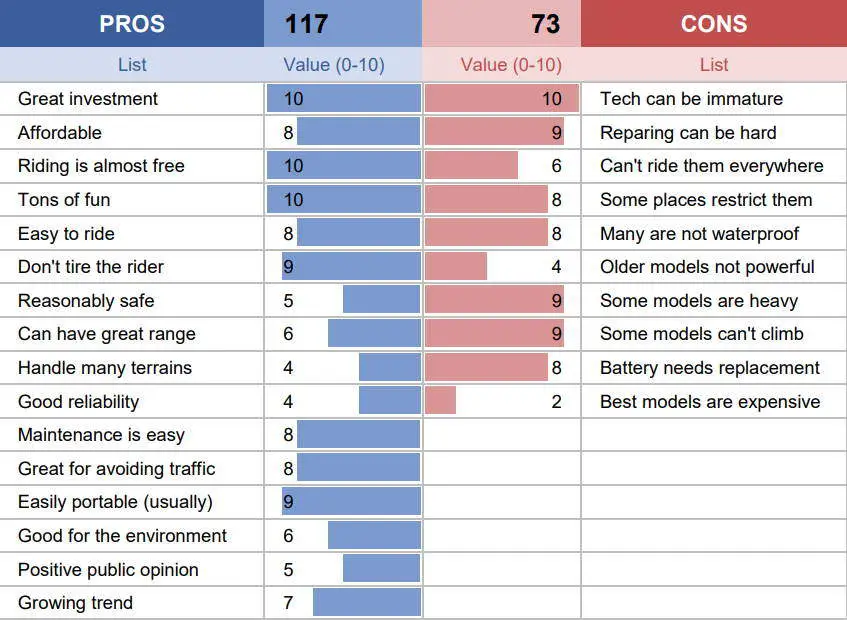Ever since electric scooters came around, the market has been heavily divided in one of the most heated debates concerning vehicles – electric vs petrol scooters.
The problem is, that the answer is not at all straightforward.
Electric vs petrol scooters
You should go with an electric scooter if you want an eco-friendly, quiet, short-distance commuter with modest speed levels and very low maintenance costs. Choose a petrol scooter if you prefer a fast, long-distance vehicle with a longer lifespan that is much less dependent on local infrastructure and battery charging stations.
In this article, we will go through the advantages that both petrol and electric scooters offer and the main aspects in which they differ.
We will also look at some scenarios where each type of scooter will fit better and when should you go for an electric or a petrol scooter.
Petrol scooter advantages
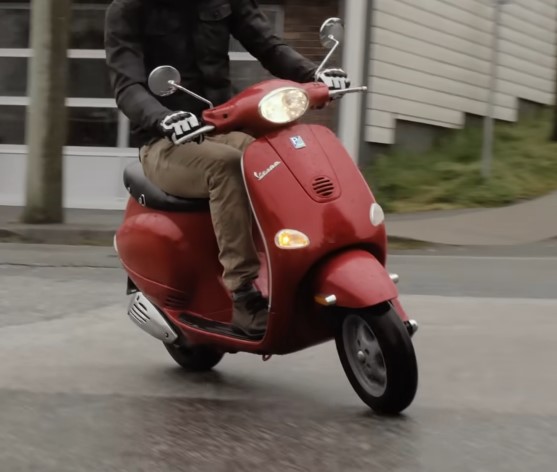
Our focus will be on well-established brands (Vespa or Piaggio), for two key reasons:
- They offer the best options,
- Their reputation for quality instills confidence compared to newer, less proven companies
First, let’s look at the main advantages a petrol scooter can provide.
Petrol scooters are more suitable for long-distance travel
One reason people still prefer petrol scooters over electric is their suitability for long journeys.
Petrol engines are designed for hundreds of miles on highways, while electric scooters are mainly used for short city commutes.
As electric models improve, longer trips may become feasible, but for now, crossing state lines on an electric scooter is unlikely.
There are a few reasons for this:
- There still aren’t enough charging stations for electric vehicles, as opposed to gas stations which are on every corner
- The top speed of electric scooters, on average, is fairly slow, making it nearly impossible to travel on an open highway
- Petrol engines are still much more robust than electric ones and bring much higher assurances that long journeys with high intensity will not lead to any problems
Check Peter’s video to see which is best for you.
Petrol scooters are generally faster
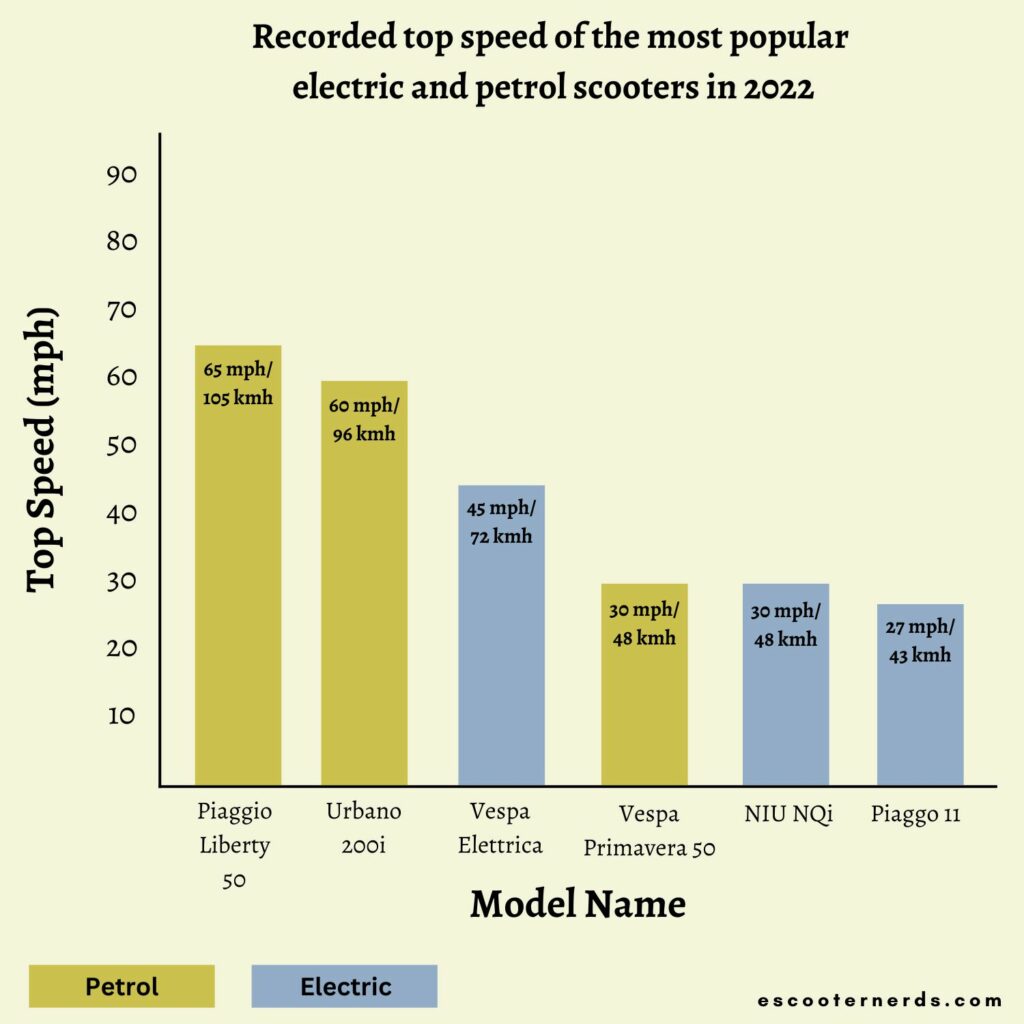
Even if you compare some of the cheapest petrol scooters with the most popular electric ones, the petrol models will almost always come out on top in terms of top speed.
Petrol scooters, on average, have a top speed of around 62 mph / 100 kmh, compared to the upper limit of electric scooters which typically comes at around 35-40 mph / 56-64 kmh. For reference, the above graph illustrates the difference between the three most popular choices of electric and petrol scooters for 2022.
Petrol scooters have a longer lifespan
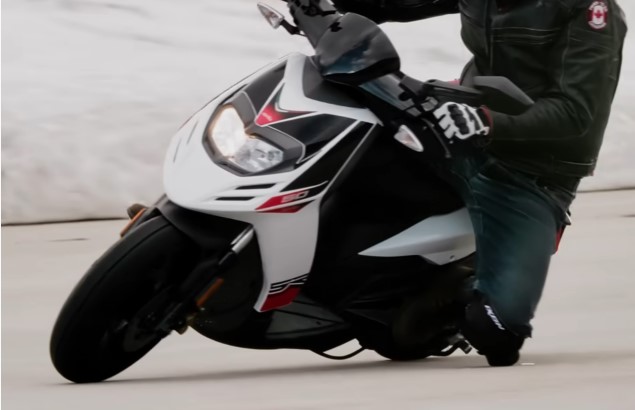
Petrol engines currently outlast electric ones by a significant margin.
On average, a petrol scooter engine can reach around 62,000 miles / 100,000 km with proper maintenance.
In contrast, electric scooters typically manage about 10,000 miles / 16,000 km or 3 to 4 years of usage before their battery capacity significantly declines.
The downside is that replacing electric scooter batteries can be expensive, and it might take 5 or 6 replacements and minor repairs to match the mileage of a petrol scooter, costing as much as the scooter itself.
Electric scooter advantages
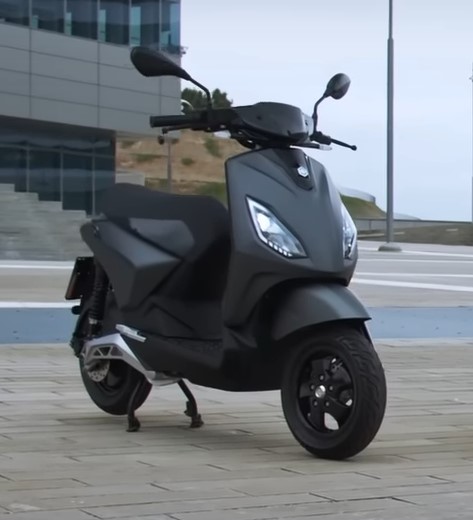
Now, let’s go through the benefits of electric scooters and why one should consider buying them.
Electric scooters have lower maintenance costs
It’s quite hard to tell which type of scooter comes cheaper in the end, since both models function in very different ways and require different amounts of financial investments.
But talking about pure maintenance costs, petrol scooters will cause headaches much more frequently than electric ones. This comes down to the fact that an electric engine has much fewer components that require regular check-ups and replacements, as opposed to petrol engines which constantly need to be oiled up and properly maintained.
With electric scooters, there are no oil checks, filter replacements, belt checks, etc… In fact, besides regular clean-ups, battery charging, and the occasional tire inflation, there are no other major maintenance issues here.
Btw, if you’re interested in my complete yet simple maintenance routine, see my guide on electric scooter maintenance.
Electric scooters are more environmentally friendly
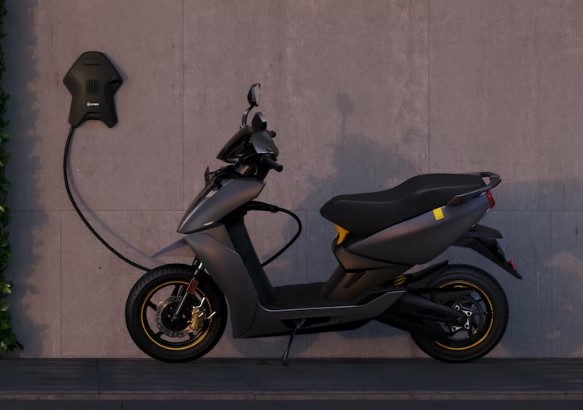
This one comes a bit obvious, but a huge part of the appeal of electric vehicles is the fact they cause much less harm to the environment than petrol vehicles in general.
Even though batteries from e-vehicles play their role in damaging the environment, their impact is substantially lower than the CO2 emissions from petrol engines. As the industry makes progress, electric scooters will become much more sustainable, easy to recharge, and with more durable batteries overall, which will lead to less and less pollution from non-recycled disposals.
Electric scooters can be used by youngsters
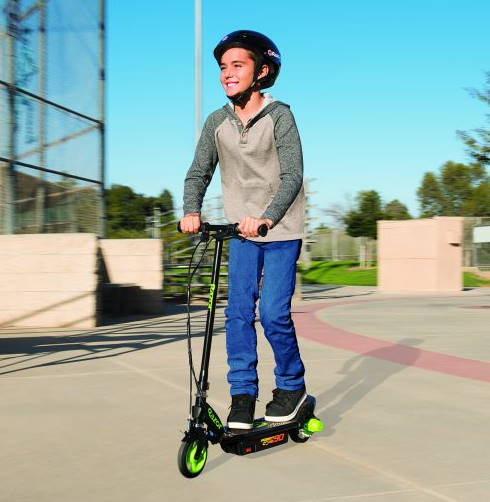
One huge disadvantage petrol scooters have is that you can’t use one without a driver’s license, unlike e-scooters which currently have no such legal requirements.
Naturally, many countries have put some legal limitations on electric scooters as well, like being older than 13, riding under a certain speed, and using them only on bike lanes or other marked areas. But most of this is a rather loose control over the electric vehicles, as opposed to petrol scooters which have much stricter limits.
The main advantage of these law differences comes down to the user’s age. Since you must have a driver’s license to drive a petrol scooter, you basically can’t drive one until you are 18 (or 16 in some states).
Electric scooters make less noise

It shouldn’t go unnoticed just how quieter electric scooters are when compared to any other type of scooter out there. This is probably the only difference you can feel instantly the moment you hop on the scooter.
I know, there are a lot of motorcycle enthusiasts out there who just love the sound of a great engine, but if you aren’t that much of a gearhead, a nice, soft engine is well appreciated.
Speed
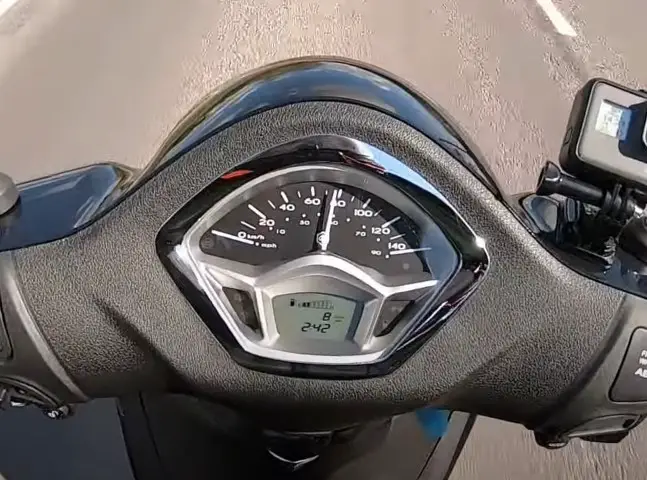
The top speed for an average petrol scooter like the Piaggio is around 62 mph / 100 kmh.
Compare this to its electric counterpart, the Piaggio 1, which barely goes above 30 mph / 48 kmh, and you can easily see which fares better.
But it’s not all about the max potential of the scooter. You can only reach the top speed by going on an open motorway anyway. What most people look for when buying a small-sized moped is how it will perform on the busy city streets. And since city rides will usually fare around 25-30 mph / 40-48 kmh, you can be satisfied with both petrol and an electric scooter.
What you actually want to look for here is acceleration.
And petrol still beats electric in this category as well. The best possible acceleration rate you can get from an electric scooter today is 0-30 mph in around 5 seconds (achievable only on a handful of scooters).
On average, these vehicles still need above 10 seconds to reach a decent speed. With petrol scooters, on the other hand, going 0-30 mph in less than 5 seconds is a piece of cake, as even most budget-priced models can achieve that.
Price

The short answer is: that electric scooters are cheaper in the long run, with the hidden cost of worse performances and a shorter lifespan.
The long answer will involve a bit of math. The main reason for this is the difference between fuel and electricity costs. Let’s look at two popular electric and petrol scooters with similar specs: Piaggio Liberty 50 vs Kaabo Wolf Warrior 11.
The base cost of the Piaggio Liberty 50 right now is around $2500, whereas the Kaabo Wolf Warrior 11 can cost you up to $3499. That is a stunning difference of around $999 to get an e-scooter with similar performance levels as its petrol counterpart. So how long would the e-scooter need to pay itself off if you chose it instead of the Piaggio?
Well, the average fuel cost in the USA this fall is around $4, while the electricity cost for one full battery recharge is a bit lower, at around $3. With a fuel consumption of 84 mpg, the Piaggio Liberty 50 can pass 1000 miles at the cost of around $48. The Kaabo Wolf Warrior 11, on the other hand, has a battery capacity of 70 miles per charge, which translates into 100 miles at the cost of $42.9 a saving of $4.70 per 1000 miles ridden.
Since the average American that has a scooter rides it for around 30 miles a day, they would need about a month to pass 1000 miles. So, $4.70 is saved each month if you use an electric scooter instead of a petrol one.
Ride experience
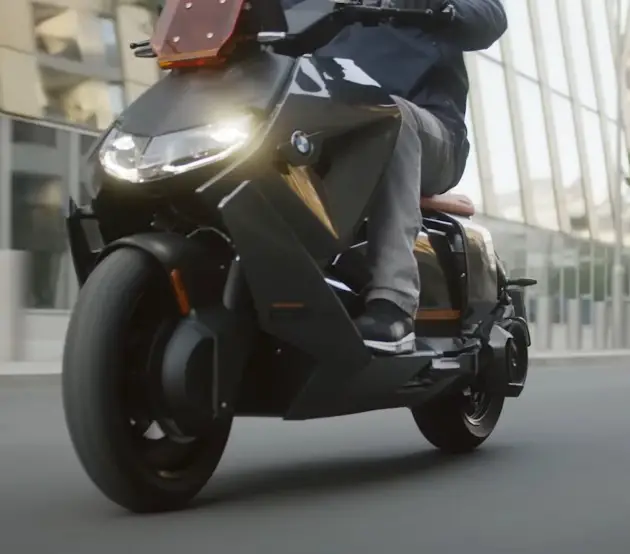
The ride quality is probably the biggest advantage electric scooters have over petrol models. They are, simply put, much easier and more convenient to use. You ride them by just pushing one button or a lever, and the rest is done automatically. There are no gear switches or any advanced mechanisms, so the whole feeling is much more easygoing and wholesome.
Add to this the mute engine and its seamless functioning, and it is clear that one would much rather have a quiet electric scooter over any petrol moped if it comes down to the ride experience.




